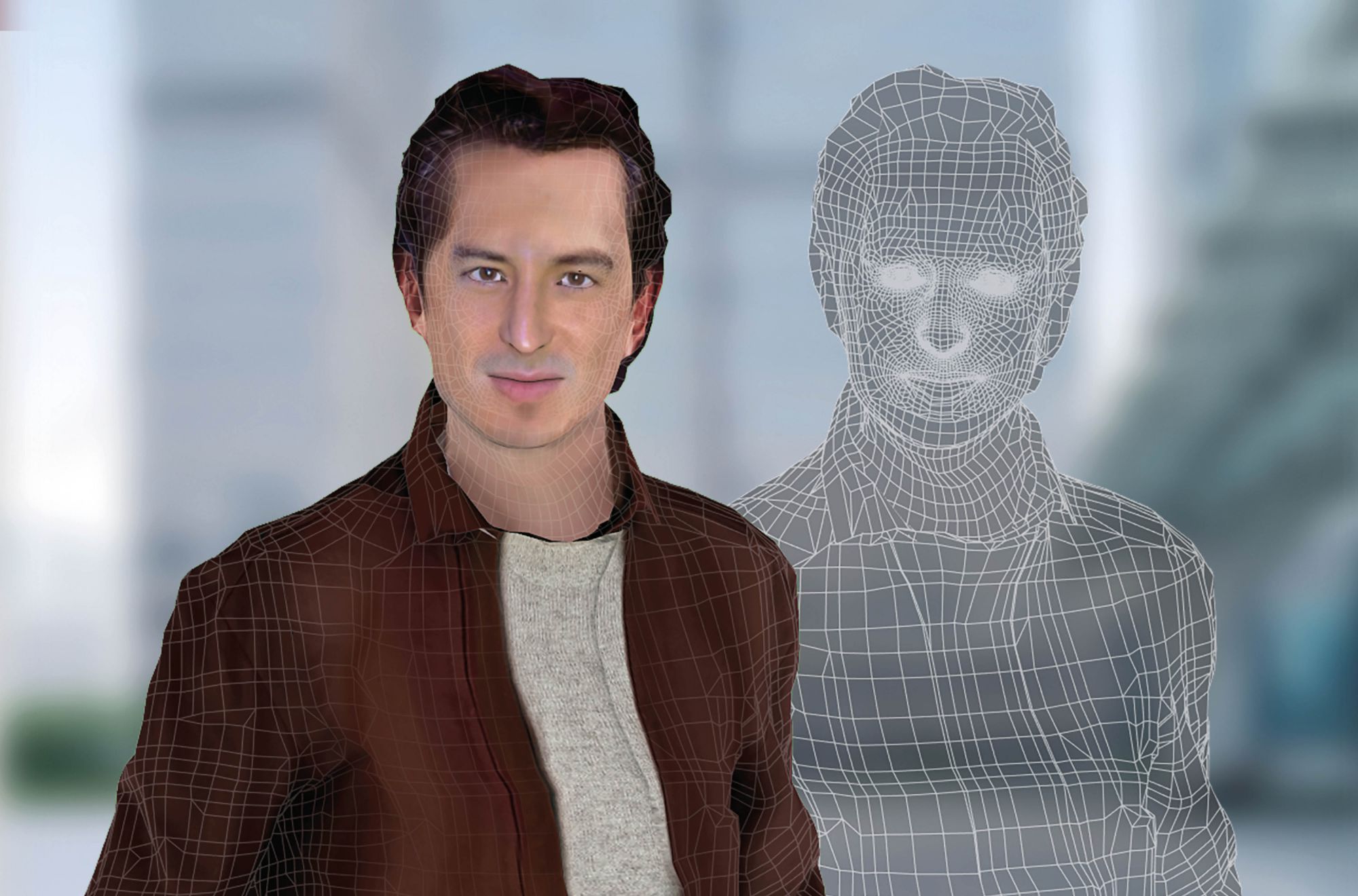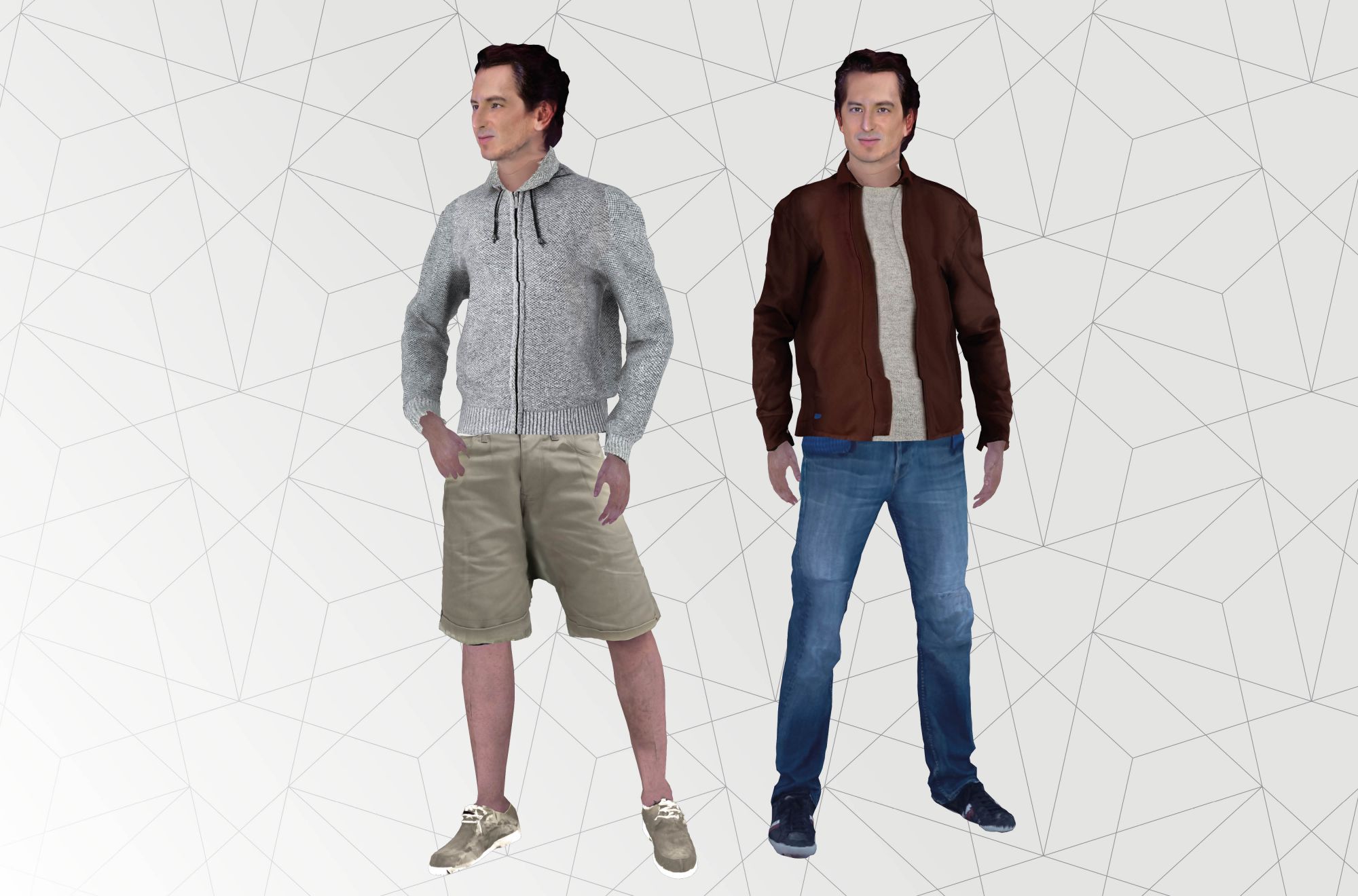Awethentic Studio's avatar technology has the potential to make the retail and fashion industries more sustainable. Founder Sean Lee-Davies explains why
The age of the avatar is here. Just look at avatar celebrity Lil Miquela, a virtual human with more than 1.5 million followers on Instagram. Then there’s Second Life, a 3D virtual world populated by avatars.
While online gamers have long had avatars, these 3D animated versions of humans are entering the mainstream, with applications ranging from entertainment to companionship. But there are other realms, too, where avatars have the potential to do more.
Sean Lee-Davies, CEO of Awethentic Studio and Gen T honouree, believes avatars can have a real impact in the fashion and retail worlds, particularly when it comes to the reduction of waste. Fashion is the second most polluting industry in the world.
“They’ve really got to tidy up their act, and fast,” says Lee-Davies, who is based in Hong Kong. He sees avatars as part of the solution.

Lee-Davies envisions an e-commerce space where every user has a 3D avatar. With the avatar technology, “Consumers can make more precise or more informed decisions,” he says.
“Think about it. If you are buying 10 items and returning eight, for the consumer it’s great—there’s no downside—but e-commerce brands are paying for all that, and then there’s the packaging, the transportation, the carbon footprint of all that.”
In monetary terms, it’s a US$626 billion problem—that’s the value of the returns market. But avatars provide a way for consumers to try on clothes virtually, not only testing for size and how well they fit on their avatars, but also for style by visualising what clothes, or even beauty products, look like on.

